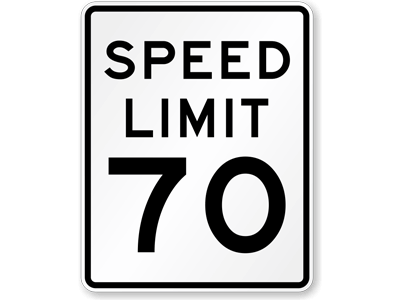
WordPress speed optimization is a foundational part of building a website that performs well for users and search engines. A fast-loading site improves usability, reduces bounce rates, and supports better SEO outcomes. One of the most important concepts behind WordPress performance is caching.
When people hear “cache,” they often think about browser or local cache. While that does help returning visitors, it’s not the type of caching that makes the biggest difference for overall site speed. The real performance gains come from server-side caching.
Server-side caching allows your hosting environment to store a ready-made version of each page on your site. When someone visits a page, the server can immediately send that cached version instead of rebuilding the page from the database every time.
This distinction matters because WordPress is a dynamic content management system. Without caching, every page request triggers a series of database queries and PHP processing before anything is displayed. That process takes time — especially on larger or more complex sites.
With server-side caching in place, WordPress behaves much more like a traditional static HTML site. The server already has a composed version of each page ready to deliver, which dramatically reduces load times for both first-time and returning visitors.
This is why server-side caching is one of the first performance optimizations we look at when improving WordPress speed. It provides immediate, measurable benefits without requiring changes to the site’s design or content.
There are several ways to implement server-side caching, including hosting-level solutions and WordPress caching plugins. Tools like W3 Total Cache can be effective, though they require careful configuration to avoid conflicts or unintended behavior. If you’d like guidance on how we typically configure caching for WordPress sites, feel free to reach out and we’ll be happy to share our approach.